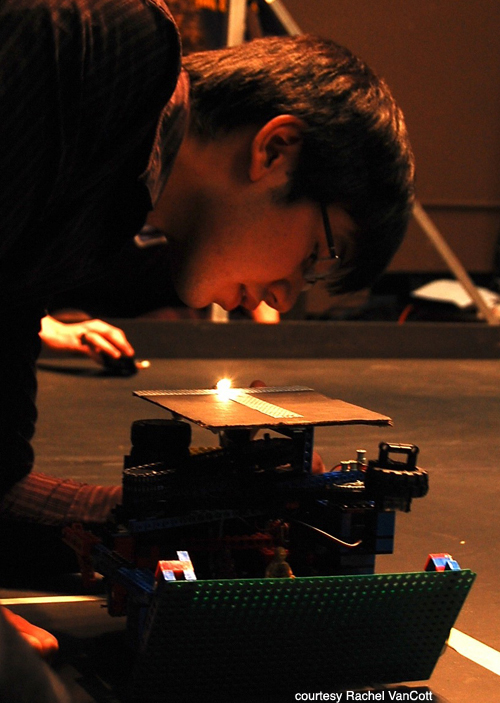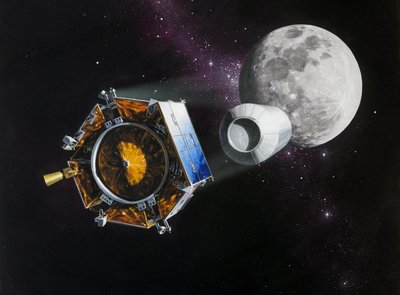This year's Earth Day committee (whose members run the gamut from Shaquille O'Neal to Former Vice President Al Gore) is urging everyone to commit "Acts of Green" in observation of the 40th anniversary of the holiday.
Acts of Green are pledges to do something to celebrate the Earth--it could be as simple as taking some time today to head out into a park and appreciate nature, or turning out the lights and holding your own personal "Earth Hour."
 It's great to see some of the ideas and pledges people keep sending in.
It's great to see some of the ideas and pledges people keep sending in.
(Click on the image see a live version of the Acts of Green, and add your own ideas. You might have to reload a few times because of heavy traffic to the EarthDay.org site.)
It's been more than a year since I did my last formal exercise in energy conservation--the Powering Down blog right here on NOVA Online. But some of the habits I picked up then have stayed with me.
I still bike everywhere I go, and I still cover my windows in plastic during the winter months. (I was surprisingly excited to weatherstrip all my windows last fall. Apparently I'm a secret home-improvement geek.) I'm still vegetarian, and I'm working on that whole "local, in season produce" thing. I turn out the lights when I can, and don't leave my computer on overnight.
Earth Day has sparked so many more great ideas that I'm eager to add to my routine, like not requesting a receipt at ATMs, or using online banking to reduce the amount of mail that your financial institution sends out.
Add your Acts of Green. What ideas do you have?
Acts of Green are pledges to do something to celebrate the Earth--it could be as simple as taking some time today to head out into a park and appreciate nature, or turning out the lights and holding your own personal "Earth Hour."
 It's great to see some of the ideas and pledges people keep sending in.
It's great to see some of the ideas and pledges people keep sending in.(Click on the image see a live version of the Acts of Green, and add your own ideas. You might have to reload a few times because of heavy traffic to the EarthDay.org site.)
It's been more than a year since I did my last formal exercise in energy conservation--the Powering Down blog right here on NOVA Online. But some of the habits I picked up then have stayed with me.
I still bike everywhere I go, and I still cover my windows in plastic during the winter months. (I was surprisingly excited to weatherstrip all my windows last fall. Apparently I'm a secret home-improvement geek.) I'm still vegetarian, and I'm working on that whole "local, in season produce" thing. I turn out the lights when I can, and don't leave my computer on overnight.
Earth Day has sparked so many more great ideas that I'm eager to add to my routine, like not requesting a receipt at ATMs, or using online banking to reduce the amount of mail that your financial institution sends out.
Add your Acts of Green. What ideas do you have?






